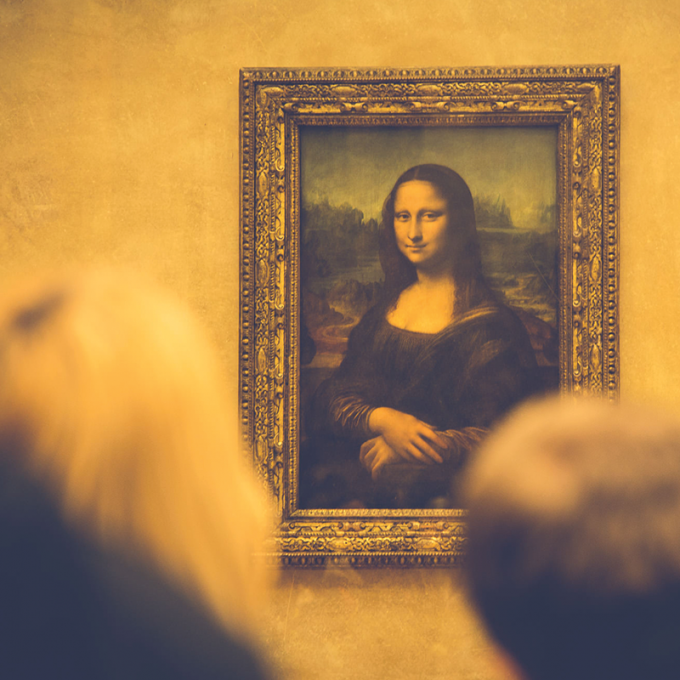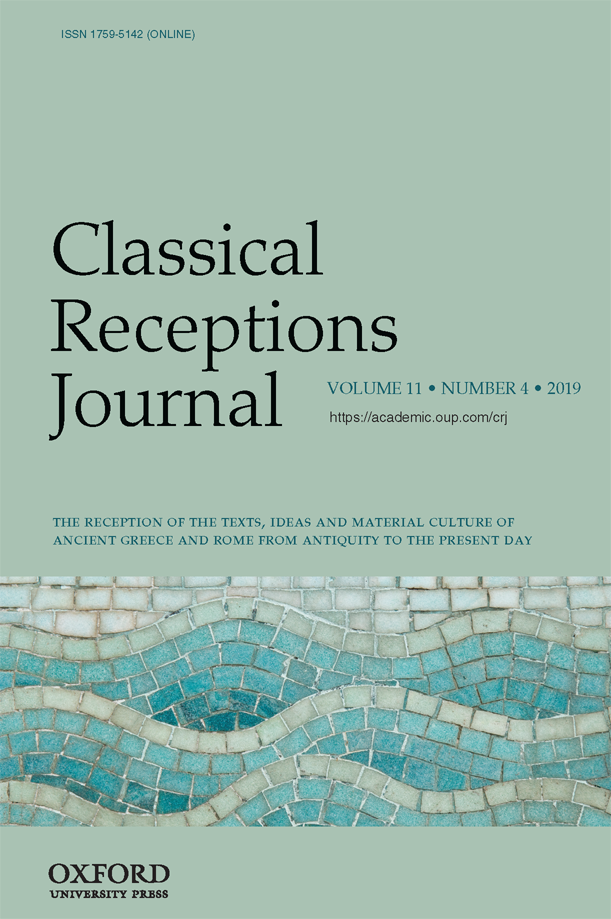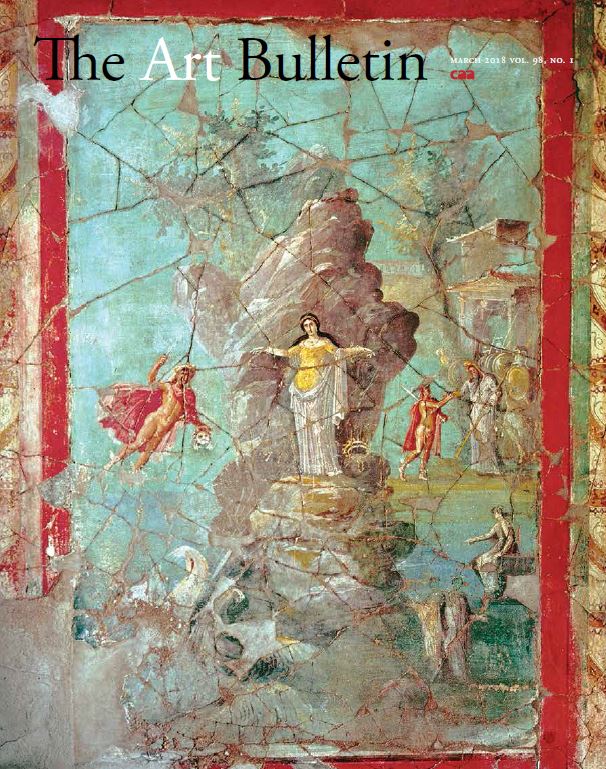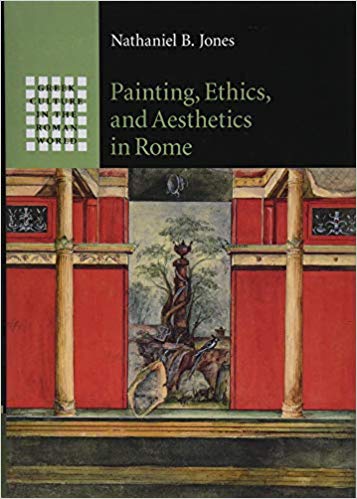Nathaniel Jones studied Classics and Art History at Grinnell College and received his Ph.D. in the History of Art from Yale University.
My primary avenue of research focuses on the intersections of artistic production, art theory, and social practice in Greco-Roman antiquity. My first book explored the representation of panel painting within Roman mural ensembles of the first centuries BCE and CE, arguing that such depictions functioned as meta-pictorial reflections on the ethical and aesthetic value of art itself in the Roman world. A second book examines the intertwined temporal and spatial aspects of Roman art, from the Late Republic to Late Antiquity. It treats works of art not just as reflections of pre-existing ideas but as generative phenomena capable of producing new modes of experience. Further areas of research interest include the collection and display of art, perspective, artistic repetition and replication, art and death, the development of Greek and Roman art-historical thought, connoisseurship, and the reception of the classical world. My research has been supported by the Center for Advanced Study in the Visual Arts at the National Gallery of Art in Washington, D.C., the German Archaeological Institute in Berlin, the Institute for Advanced Study in Princeton, and Washington University’s Center for the Humanities.
I teach courses across the visual and material culture of the ancient Mediterranean world and beyond. In these courses I aim to cultivate the development of a critical perspective onto the past and of the analytical and rhetorical tools necessary to present ideas clearly. I encourage students to make arguments based on visual and material evidence and to trust the validity of those arguments, and I believe that the development of this skill happens most vividly in front of actual objects. My courses also seek to emphasize, however, that ‘vision itself has its history,’ as Heinrich Wölfflin put it: that in various times and places, people have valued different aspects of and attributed different qualities to the visual and material worlds, and that their artistic cultures should be understood accordingly. It is, I believe, in this productive crux between historical inquiry and contemporary experience that the study of art is most vibrant and compelling.








